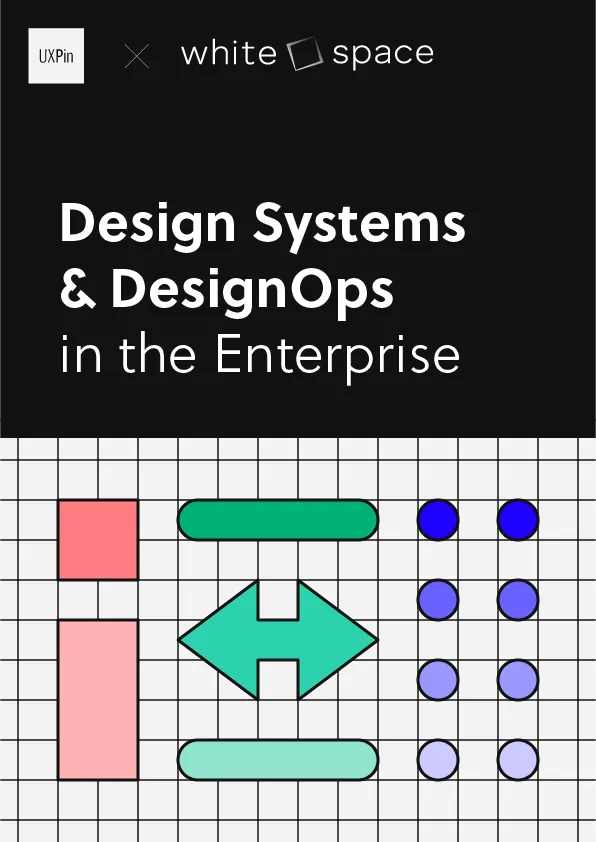In the realm of digital design, especially in game development, creating intuitive environments that guide users seamlessly is both an art and a science. One of the most powerful tools in achieving this is visual language – a means of non-verbal communication that leverages environmental cues to inform, guide, and immerse users. Whether you’re designing a video game level or crafting a user interface, the principles of visual language can transform how users interact with your creation while ensuring their experience feels natural and intuitive.
This article dives into the core concepts of visual language, particularly within the context of level design, and offers actionable insights for UI/UX designers and developers keen on mastering its implementation.
Why Visual Language Is Essential in Design
Visual language leverages human perception to convey information efficiently. From road signs and emergency markers to product interfaces and game environments, the best designs rely on visual cues to communicate meaning subconsciously. Why does this work so well? Because our brains are wired to process visual data rapidly, even without conscious effort.
When applied effectively, visual language enables users to make decisions, solve problems, and navigate environments without frustration. In games, this translates directly to enhanced immersion. Players feel empowered as they solve puzzles or navigate levels, believing they’ve figured things out themselves – when, in reality, expertly designed visual cues have subtly guided their behavior.
The Four Pillars of Visual Language in Game Level Design
To create truly intuitive environments, game designers use four main types of visual language: shape language, symbol language, scripted scenes, and environmental storytelling. Each plays a unique role in shaping player experiences and ensuring smooth gameplay. Let’s explore these pillars in depth.
1. Shape Language: The Foundation of Visual Communication
Shape language refers to using forms and structures to convey meaning or function at a glance. For example:
- Rounded objects may suggest safety or approachability.
- Angular shapes can indicate danger, urgency, or aggression.
When applied in game design, shapes can subtly guide players toward objectives or alert them to potential threats. For instance:
- Narrow pathways may suggest linear progression.
- Open spaces can imply exploration or freedom.
The key takeaway? Shape language sets the foundation for how a player interprets their surroundings, even before they consciously think about it.
2. Environmental Storytelling: Turning Players Into Detectives
Environmental storytelling uses contextual details within a scene to convey narrative or guide gameplay. It’s a cost-effective yet powerful method for immersing players without scripted cutscenes. Examples include:
- Clues in the environment: A trail of footprints leading to a hidden cave.
- Consequences of past events: A battlefield littered with broken weapons and armor.
- Silent warnings: Dead bodies illustrating the dangers ahead.
This technique engages players’ subconscious, allowing them to piece together the story or solve puzzles organically. For example, rather than explicitly stating, "Don’t go this way", a designer might place scorch marks or skeletal remains near a dangerous path.
Environmental storytelling is also effective for navigation. Trails, open doors, or objects like a torch left behind can subtly nudge players toward their next goal.
3. Scripted Scenes: Adding Drama and Education
Scripted scenes are cinematic moments designed to grab a player’s attention, teach mechanics, or advance the story. While these sequences are more resource-intensive to produce, they often leave a lasting impact on players. They can:
- Showcase new mechanics: A scripted event demonstrating a double-jump ability.
- Introduce threats: Highlighting an enemy’s behavior before combat.
- Signal danger: A collapsing bridge alerts players to move quickly.
To ensure scripted scenes are effective, designers must carefully manage player focus. This can be done by constraining camera movement (e.g., during a climb) or funneling players through bottleneck areas with clear views of the event.
4. Symbol Language: Signs, Markers, and Interaction Feedback
Symbol language relies on visual symbols – icons, text, or markers – to communicate directly with players. There are three primary types of signals in symbol language:
- Signs: Text, icons, or murals that provide information. For example, a road sign in an open-world game might indicate the direction of nearby locations.
- Positive interaction markers: Symbols highlighting interactive elements, such as glowing handles on doors or cracks on destructible walls.
- Negative interaction markers: Signals indicating inaccessibility, like a locked door without a handle or piles of debris blocking a path.
A prime example of this in gaming is the universal use of red to mark explosive objects. Similarly, cracks on a surface intuitively suggest that it can be broken. Consistency is critical here – players should always know what to expect when encountering a particular symbol or marker.
How to Keep Players Engaged Without Handholding
A golden rule of intuitive design is never to make users feel like they’re being spoon-fed solutions. Instead, let the environment or interface subtly nudge them in the right direction. Here are a few strategies to achieve this:
- Subconscious cues: Use environmental details like trails, lighting, or shapes to guide users naturally.
- Layered information: Combine multiple types of cues (e.g., a glowing marker alongside a trail of footprints) to reinforce the message.
- Avoid overloading: Too many signals can confuse users. Focus on clarity and prioritize critical information.
- Respect user autonomy: Let players feel like they’re making discoveries on their own, even if you’ve carefully orchestrated the journey.
Key Takeaways
- Visual language enhances immersion: Subtle cues in the environment guide users without pulling them out of the experience.
- Shape language sets the tone: Use forms and structures to communicate danger, safety, or progression naturally.
- Environmental storytelling is cost-effective and engaging: Let players reconstruct past events or navigate intuitively through visual context.
- Scripted scenes add drama and teach mechanics: Use them sparingly to focus attention and drive key moments in gameplay.
- Symbol language ensures clarity: Icons, signs, and markers provide direct or subconscious guidance, reducing cognitive load.
- Consistency is key: Interactive elements should behave predictably to maintain trust.
- Design for subconscious processing: The best-designed visuals work in the background, allowing users to focus on the experience itself.
Conclusion: Designing for Intuition
Understanding and applying visual language is essential for creating intuitive, engaging designs – whether in video games or user interfaces. By leveraging shape language, environmental storytelling, scripted scenes, and symbol language, designers can communicate with users on a subconscious level, providing a seamless experience that feels natural and rewarding.
In the end, great design isn’t about telling users what to do but about showing them the way – quietly, thoughtfully, and masterfully. Embrace these principles, and you’ll craft environments that captivate and inspire, leaving users or players with a sense of accomplishment and immersion they’ll never forget.
Source: "Intuitive Level Design | Gameplay PC" – MAZAVS – Games Channel, YouTube, Sep 6, 2025 – https://www.youtube.com/watch?v=gF9MptfpB0o
Use: Embedded for reference. Brief quotes used for commentary/review.

